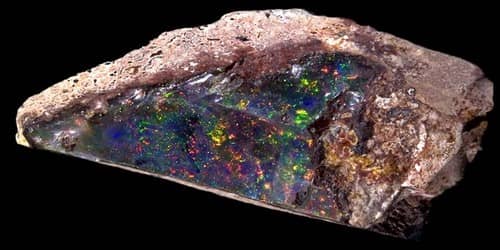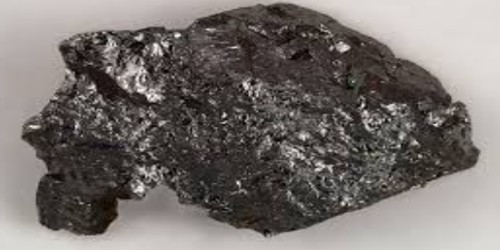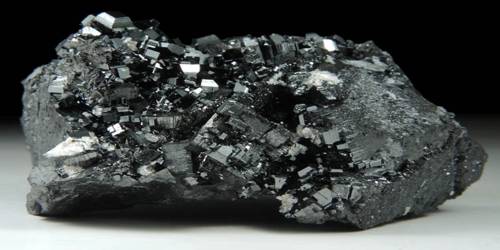Kochite is a rare silicate mineral with a chemical formula of (Na, Ca)3Ca2(Mn, Ca)ZrTi [(F, O)4(Si2O7)2 or double that. It is a triclinic-pinacoidal mineral containing aluminum, calcium, cerium, fluorine, hafnium, iron, lanthanum, manganese, niobium, oxygen, silicon, sodium, strontium, titanium, vanadium, yttrium, and zirconium. Kochite is a member of the rosenbuschite group.
As the stage of the microscope is turned from X to Z the color changes from colorless to a pale brownish-yellow. It is also a birefringent mineral, showing bright colors under crossed polarization.
General Information:
- Category; Sorosilicates
- Rosenbuschite group
- Formula: (Na,Ca)3Ca2(Mn,Ca)ZrTi [(F,O)4(Si2O7)2
- Crystal system: Triclinic
- Crystal class: Pinacoidal (1) (same H-M symbol)

Fig: Kochite
Properties
Kochite is an anisotropic mineral. The light entering the mineral is split into two rays that vibrate at 90° to each other. It is biaxial, meaning it has two optic axes (lines of symmetry). In plane-polarized light, this mineral is colorless to light brown and is pleochroic.
- Color: Colorless to light brown
- Crystal habit: Acicular to lath-shaped prismatic crystals
- Cleavage: {100} perfect
- Fracture: Uneven
- Tenacity: Brittle
- Mohs scale hardness: 5
- Luster: Vitreous
- Streak: White
- Diaphaneity: Transparent
- Specific gravity: 3.32
- Optical properties: Biaxial (+)
Discovery and occurrence
Kochite is found in the alkaline igneous complex of East Greenland and is named after Danish geologist Lauge Koch (1892-1964), a geologist who overturned the previous conception of Greenland’s landscapes.
Kochite is the titanium – manganese analog of rosenbuschite. It occurs in nepheline syenite associated with nepheline, alkali feldspar, and låvenite in the Werner Bjerge alkaline complex along the eastern coast of Greenland.
Information Source:
















